In samenwerking met het Lorentz Center organiseert Rijksmuseum Boerhaave de Lorentz lezing "Uncovering the Secrets of the Universe with Observational Cosmology". De Engelstalige lezing wordt gegeven door dr. Danielle Leonard.
About the lecture
Cosmology is the study of the history, composition and physical laws of our Universe. In this lecture, we will visit some of the key moments in observational cosmology of the past century. We will discuss the 1920s finding that the Universe itself is expanding, the serendipitous discovery in the 1960s of the cosmic microwave background, evidence for dark matter from measurements of galaxy rotation in the 1970s and 80s, and in the late 1990s, the paradigm-shifting revelation that not only in the Universe expanding, but this expansion is accelerating - a phenomenon to which we owe the inclusion of so-called dark energy in our standard cosmological model. We will finally turn our attention to cutting-edge observational cosmology research, where upcoming surveys are preparing to image billions of galaxies in an attempt to discern the true nature of dark matter and dark energy.
About the speaker
Dr Danielle Leonard is a Lecturer in Astronomy at Newcastle University (UK). Their research focusses on the use of measurements of the gravitational lensing of large samples of galaxies to constrain cosmological models and hence learn about the Universe. Prior to their current position, they were a McWilliams Postdoctoral Fellow at the McWilliams Center for Cosmology at Carnegie Mellon University (USA), and they completed their PhD at the University of Oxford (UK). They are originally from Canada.
Practical information
When: On Thursday the 16th of march 2023 from 18.30 to 19.30 hrs.
Where: In the foyer of Rijksmuseum Boerhaave
Costs: Free with a museum ticket (or free with a Museumkaart, students pass, etc.)
Register: Use the form below to register for this lecture. Please note, your information has only been registered correctly when you receive the automatic confirmation email. Please check your SPAM-box.
Credits header: Vera C. Rubin Observatory photo by: NOIRLab/NSF/AURA. Dark Matter distribution image by: MPA /Springel et al. (2005) Stars photo by: Patrick Fore

